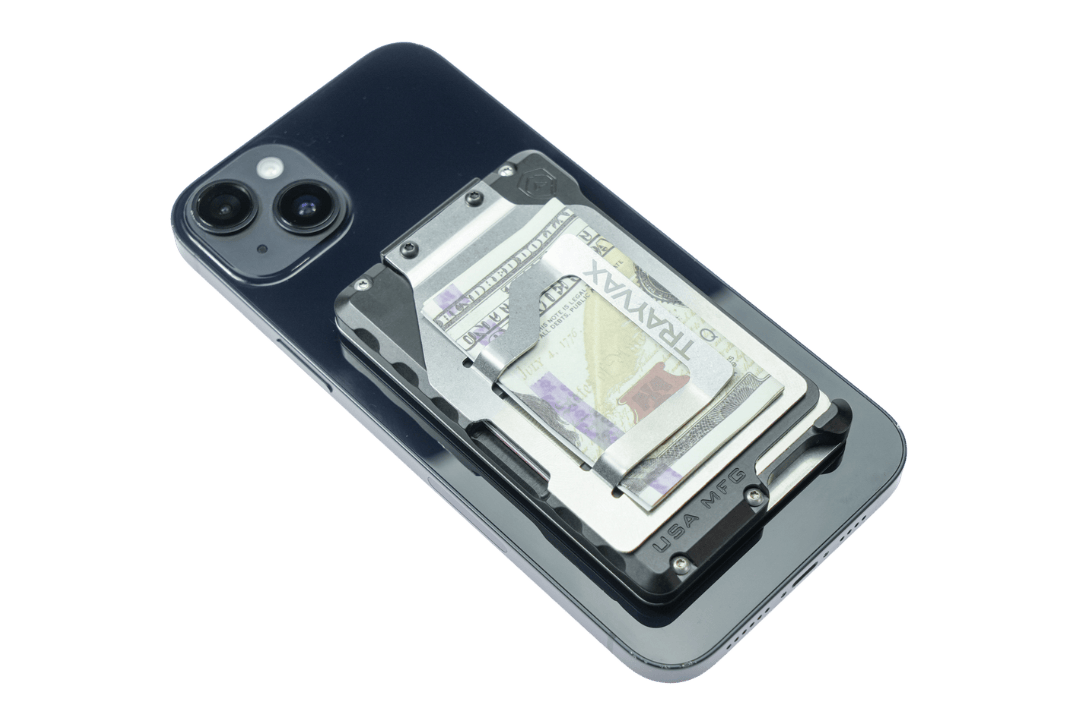While carrying an RFID front pocket wallet in a fitting suit is cool, you can complement your outlook by carrying a reusable drinking water bottle. Plastic drinking water bottles are a convenient and inexpensive way to stay hydrated.
But if you've had yours for a while, you've likely started to notice that it looks dingy and has an off-color. There's also the possibility that it could have mold growing in it. This is especially common if you store your bottle in places where there's little circulation in the air, like your gym bag.
The growth of mold will also be catalyzed by not properly cleaning your water bottle regularly. Before letting it escalate further it’s wiser to clean off the mold so your drinking water can have that cool thirst-quenching taste.
Why Do Molds Form In Drinking Water Bottles?
Molds grow in moist environments. They form in drinking water bottles because the bottle is in a moist environment. Drinking water bottles are often left in humid conditions with limited air supply, which creates a perfect place for mold to grow.
There are about 100,000 mold types in existence and most are harmless. However, the type that is capable of forming in plastic water bottles is harmful. This is the Black Mold, known scientifically as Stachybotrys chartarum.
Even before they become visible, black molds will still appear and this can be noticed through smell or touch. It’s advisable to clean the water bottle at least every day to eliminate the chances of molds forming. For an easy cleaning procedure, always go for a dishwasher-safe drinking water bottle, such as the Nalgene 32oz Wide-Mouth Water Bottle.

The water bottle has a cool profile, sizeable enough so you won't have to refill frequently, and you can pick from three different colors – juniper, charcoal, and clear. Slim minimalist wallet, Nalgene water bottle, and sunglasses will give you that head-turning elegant appeal on a sunny day.
How To Clean Mold From Reusable Plastic Drinking Water Bottles
The makers of reusable plastic water bottles understand the importance of keeping the bottles clean, which is why you’ll find most are dishwasher safe. Even for the dishwasher-safe bottles, it’s still advised to clean them manually at least once in a while.
Here are the different ways of cleaning your water bottle to eliminate all possible molds developing in the bottle.

Cleaning with warm water and soap
This is the most ideal cleaning method for an everyday wash. The procedure is rather simple and involves adding warm to hot water in your empty water bottle with liquid utensils detergent. Replace the cap in position and tighten it then shake it thoroughly for a minute.
Once the bottle is filled with lather, empty it and use a bottle scrubbing brush to scrub the sides and the bottom of the water bottle. After scrubbing, rinse with warm water until it’s no longer soapy. Using the scrubber, scrub the cap also, both inside and outside while focusing on the mouthpiece or spout. Rinse the bottle and dry it for your next use.
If you do this every day, there won't be room for molds to form in the bottle hence you might not need more advanced cleaning methods as listed below.
Clean with white vinegar
Just like you’d want to use an RFID blocking wallet to safeguard your card information, you also need to clean your water bottle to protect yourself from harmful molds. If you’ve missed a couple of cleaning sessions and the water has become moldy, distilled white vinegar is ideal to clean the bottle.
To clean with white vinegar, fill the water bottle halfway with distilled white vinegar and water in equal proportions. Shake the contents well then allow the bottle to settle for a couple of hours, probably overnight. Next, empty the contents and rinse the bottle together with the lid thoroughly using hot water.
Let the bottle dry and you’re good to go. This method is also ideal for those using water bottles made of stainless steel.
Using hydrogen peroxide
Hydrogen peroxide is one of the most effective ways of getting rid of any harmful microorganism because it eats away any living tissue. Concentrated peroxide solutions are also used for disinfecting surfaces such as the kitchen top.
When cleaning your water bottle using hydrogen peroxide, pour a 3% concentrated solution into your plastic water bottle with molds. Shake the bottle well then let it set through the night with its mouth left open. In the morning, pour out the hydrogen peroxide then rinse thoroughly with water and allow it to dry.
Using bleach and baking soda
If you’ve let your water bottle sit for a very long time without use and cleaning, it’s probably filled with hard-to-clean mildew and grime. You don’t have to toss it away, there’s an easier way of cleaning that mess - baking soda and bleach mixture.
Add a teaspoonful of baking soda and a teaspoonful of bleach to your water bottle. Fill it with warm water, replace the lid and shake well. Using a bottle scrubbing brush, scrub the bottle’s walls and bottom. Thoroughly scrub the sides also then let the bottle settle overnight. Rinse the bottle in the morning using warm water and let it dry with air.
Conclusion
Always ensure your water drinking bottle is clean at all times to prevent mold buildup. If you tend to forget or find it cumbersome to clean, you can opt for a dishwasher-safe water bottle. The Nalgene 32oz Wide-Mouth Water Bottle is also safe as it’s BPA-free and has a leak-proof lid.





























































Leave a comment
All comments are moderated before being published.
This site is protected by hCaptcha and the hCaptcha Privacy Policy and Terms of Service apply.